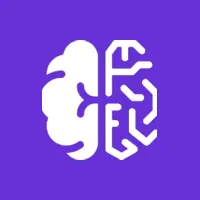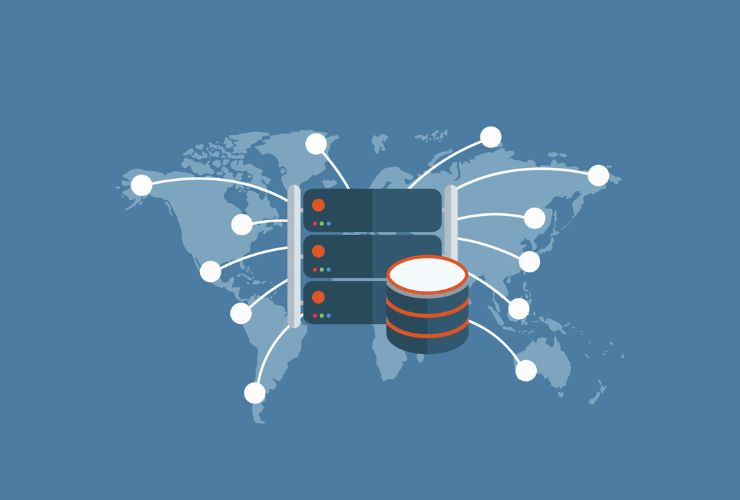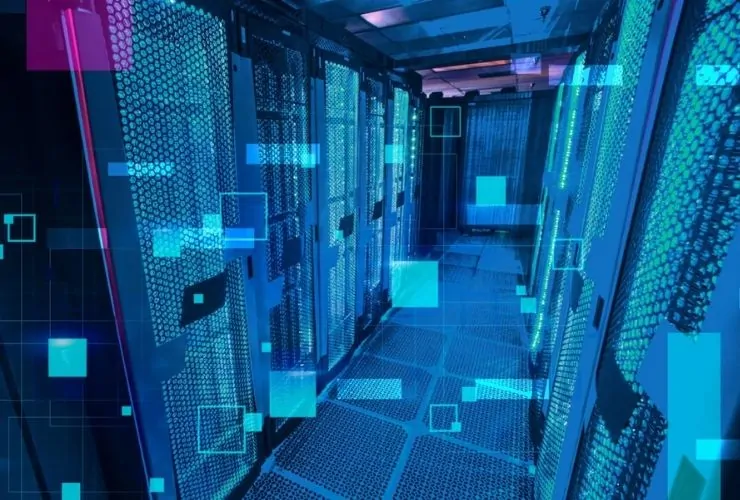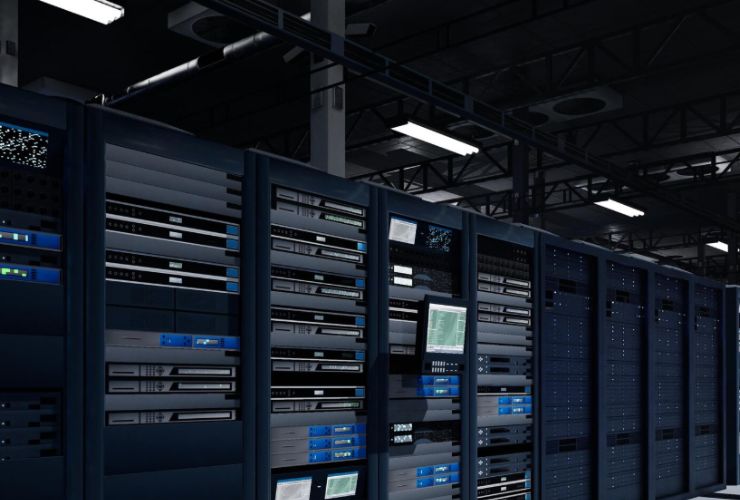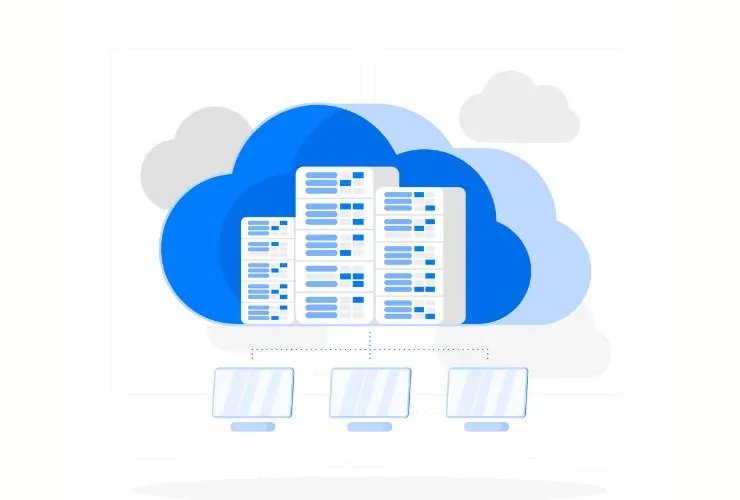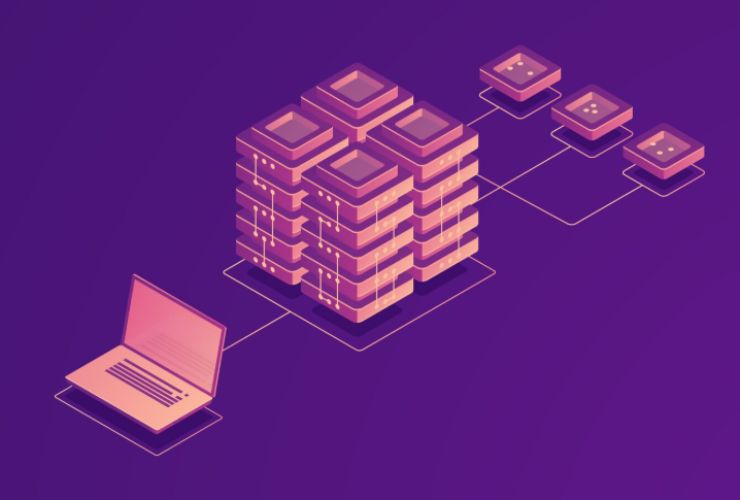In the rapid digital economy that we find ourselves in today, enterprise databases and other mission critical systems are at risk of downtime. With traditional methods of reactive monitoring, the slowing performance, or failure of a database is only discovered after – the damage of service has already occurred. The AI-powered monitoring is different; it employs machine learning and predictive analysis methods to monitor, identify, and predict problems, allowing you to conduct preventative maintenance before disruption occurs, which reduces the downtime of service or performance in question, improves tracking and management, and preserves business continuity – leaving your systems available for business use.
1. What is AI-Powered Monitoring?
AI-powered monitoring uses artificial intelligence and advanced analytics, to analyze the direction of database and system metrics, and constantly examines trends. The intelligence part of monitoring automates the process of detecting anomalies, predicting failures, and taking preventative measures as needed, lessening the risk to the operations of your database from these failures.
Key Features:
- Predictive alerts: Detect bottlenecks or slowdowns, and recognize potential failures before they affect you.
- Anomaly detection: Recognizes degradation issues from unusual activity, as well as potential security issues, or simply a misconfig misconfiguration.
- Automated Insights: Provides actionable insights on how to improve performance, conserve valuable resources, or prevent failure of your system.
- Continuous learning: AI Models get stronger with time and use, as they adapt and learn as workloads and infrastructure change.
2. Advantages of AI-Powered Preventive Maintenance
- Reduced Downtime: Address problems in advance to prevent them from affecting operations.
- Improved Performance: Provide continuous monitoring to enable instantaneous queries, efficiently allocate resources, and ensure stable applications are performing optimally.
- Cost Savings: Eliminate the need for emergency fixes, unwanted provisioning of hardware, and disruptions to operations.
- Increased Security: Identify suspicious activities as well as any unusual access during real time.
- Improved Decision Making: Use AI capabilities and enhancements to provide insight to improve architecture, quantity of resources, and plan for capacity.
Example: A retail business using AI monitoring would be able to identify that the query latency was unusually high during peak shopping hours and automatically provision more resources, eliminating slow checkout lines.
3. Monitoring with AI
AI applications provide monitoring of layers of the application stack critical to critical infrastructure:
- CPU, Memory and Disk usage: Predict resource exhaustion beyond application performance.
- Query Performance: Proactively identify inefficient queries and make recommendations for optimization.
- Replication and Failover status: High Availability while ensuring data is protected across clusters.
- Security and Compliance: Identify anomalies in logins, privileges and access to sensitive data.
- Application Dependencies: Monitor dependent systems to avoid cascading failures across applications.
4. The Process of Proactive Preventive Maintenance
- Data Capture: Data from all the monitored systems is continuously acquired by AI through logs, metrics, and historical performance data.
- Identifying Patterns: Machine learning algorithms identify what is normal versus what is not.
- Predictive Alerts: Forewarnings provide alerts to IT teams, giving them advance notice of a problematic situation before it becomes a big problem.
- Automated Actions: Automated workflows, or scripts, are executed to take actions to remediate the problem, like restarting services, reallocating resources, or applying patches.
- Continuous Learning: The AI system learns more over time as it makes predictions and applies preventive maintenance measures to be more predictive.
5. Example Use Cases
- e-Commerce platforms: AI monitoring to warn of slow database queries to ensure transaction failures do not occur during high-volume sales.
- Financial services: Allows to predict issues, reducing potential catastrophic failures of trading platforms or payment gateways that could otherwise create disruptive down time.
- Healthcare systems: Ensures that important patient data and hospital systems are accessible, secure, and compliant.
- Cloud-native applications: Helps organizations avoid bottlenecks in resources by attempting to predict a lack of resources when operating in multi-cloud auto-scaling deployments
6. Why Companies will Need AI Monitoring
As enterprise environments get increasingly complex with hybrid, multi-cloud, and containers with applications, AI in monitoring and systems management will be the best way to ensure monitoring that is good enough to be performant, secure, and compliant. With improved monitoring directly from AI, organizations can minimize human error, shorten issue resolution time based on predictive alerts, and eliminate organizations from being reactive, enabling companies to be proactively working to improve or innovate their offerings with their IT teams.
7. How Empirical Edge Can Help
Empirical Edge offers enterprise-grade AI-powered database monitoring and preventive maintenance. Our capabilities include:
- Real-time AI monitoring for SQL, NoSQL, and cloud databases
- Early alerts and anomaly identification
- Automated workflows to support preventive maintenance
- Performance tuning and query optimization
- Security and compliance monitoring
When you engage with Empirical Edge you will keep your enterprise databases highly available, secure, and optimized which means that your enterprise could keep running with potentially no downtime and less risk involved.
Find out more about the Database Monitoring Services that we offer: Empirical Edge Monitoring Solutions
8. Best Practices for AI-Powered Preventive Maintenance
- Start Small: Start by focusing on critical systems and then expand to areas of monitoring across your environment.
- Integrate with DevOps: Integrate your AI monitoring system into your CI/CD pipeline to help prevent deployment issues.
- Set KPIs: You need to decide upon performance and availability metrics so that you have metrics to understand how effective your AI monitoring is.
- Continuous Review: Ongoing alerts review on a prescribed cadence to adjust thresholds and ongoing AI model updates.
- Combine with Automation: With the AI insights, look for opportunities to automate routine maintenance, patching, and scaling tasks.
Conclusion
AI-powered monitoring is a game changer for preventive maintenance enabling organizations to spot issues, oftentimes before they occur, and begin remediation of database and system issues before they impact operational activities. When you combine machine learning insights with your ability to automate workflows, a business can reduce downtime, improve performance, and enhance overall operational resilience.




